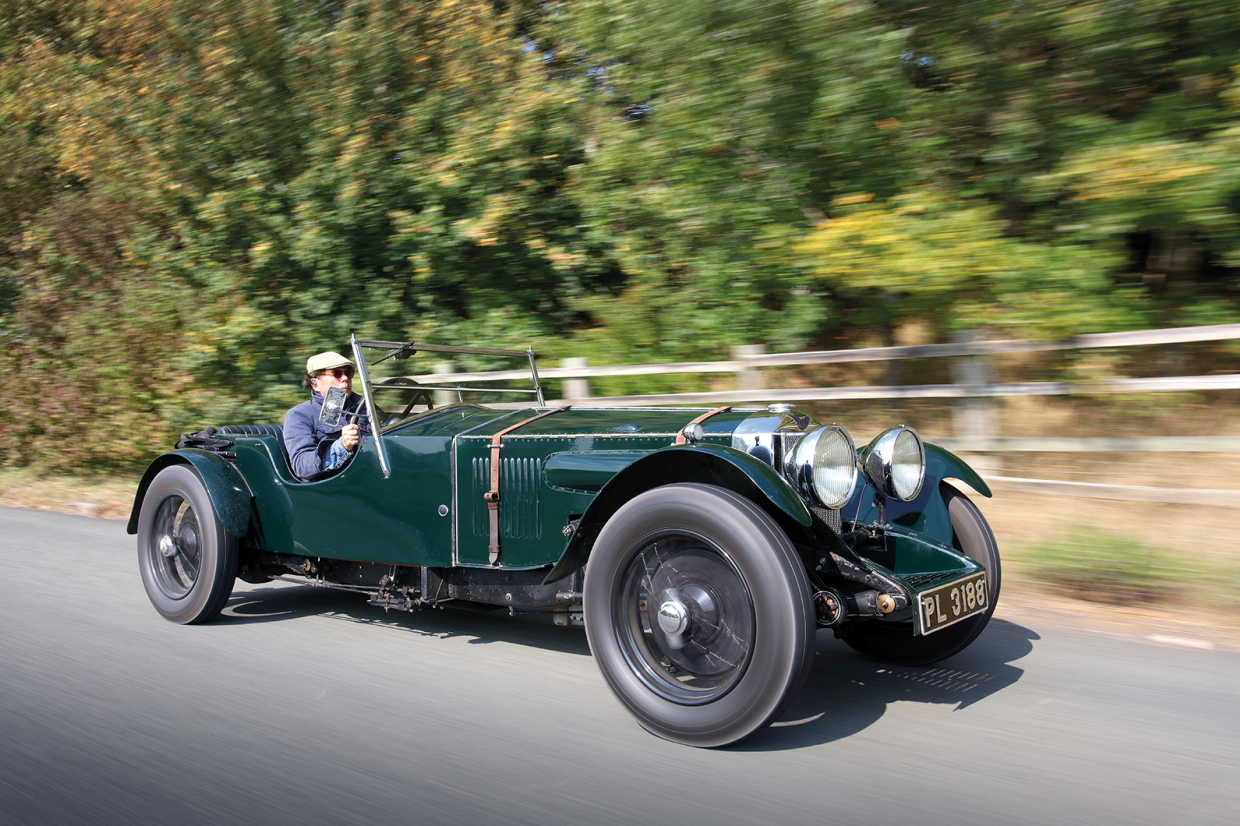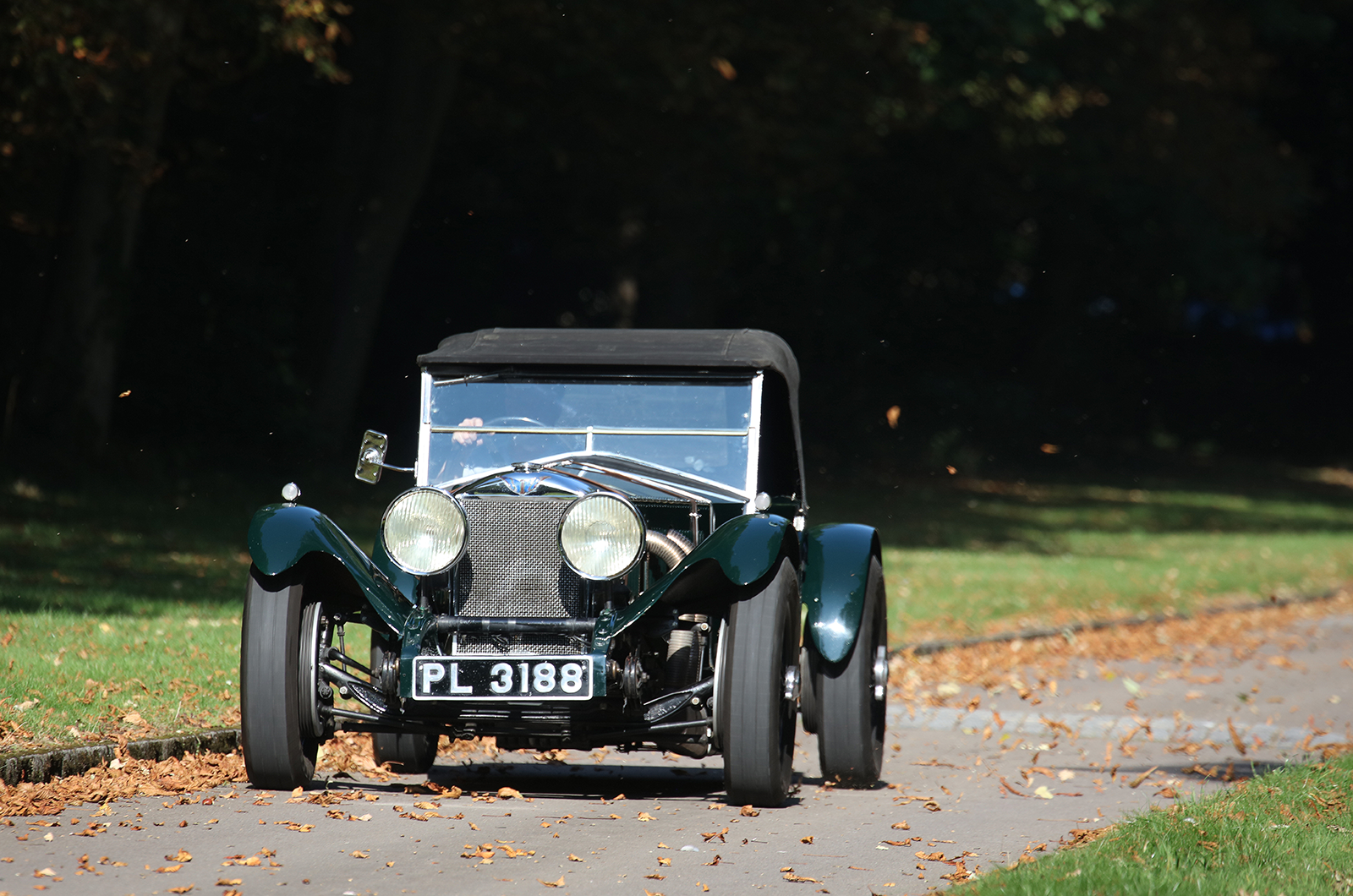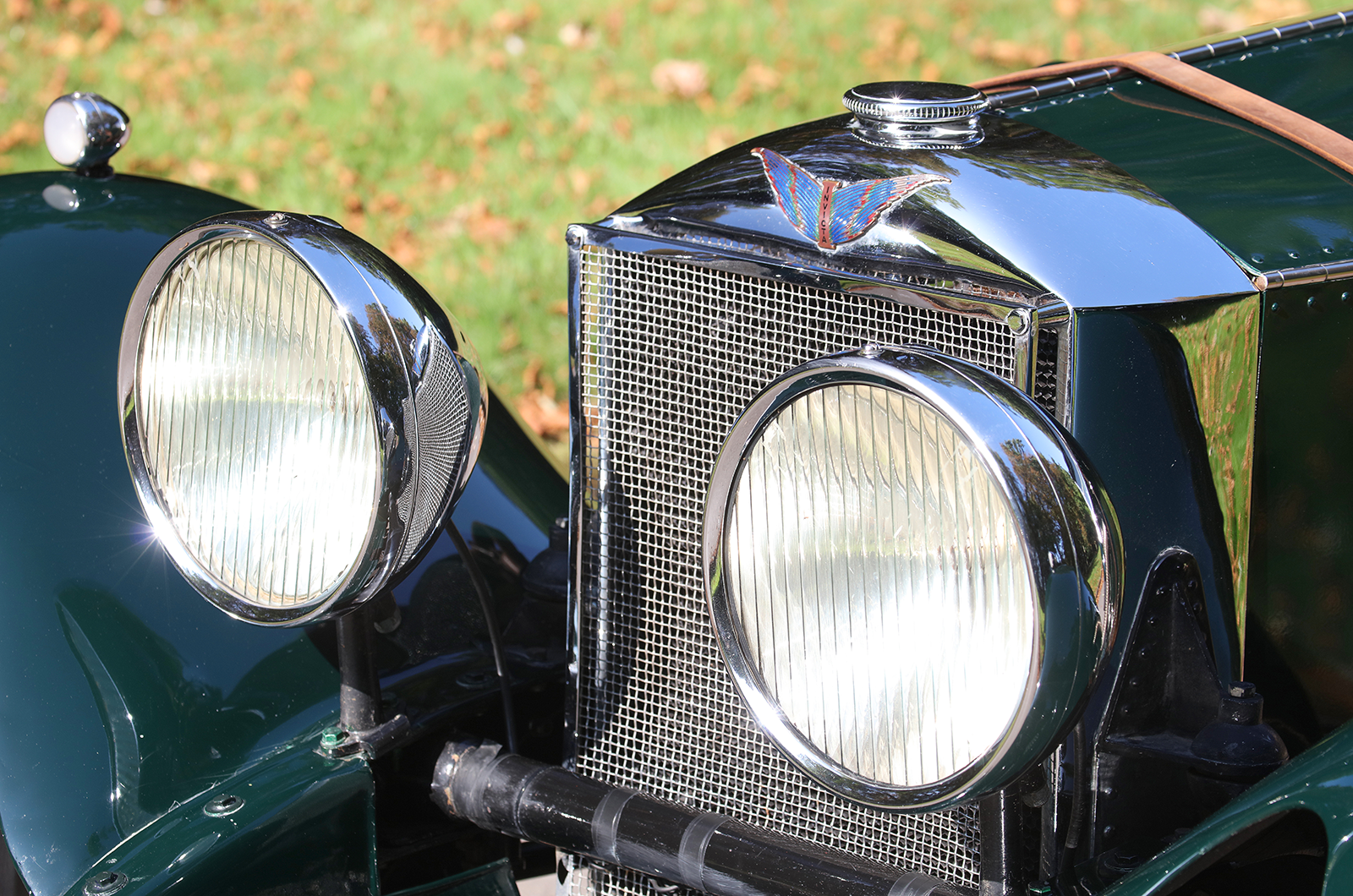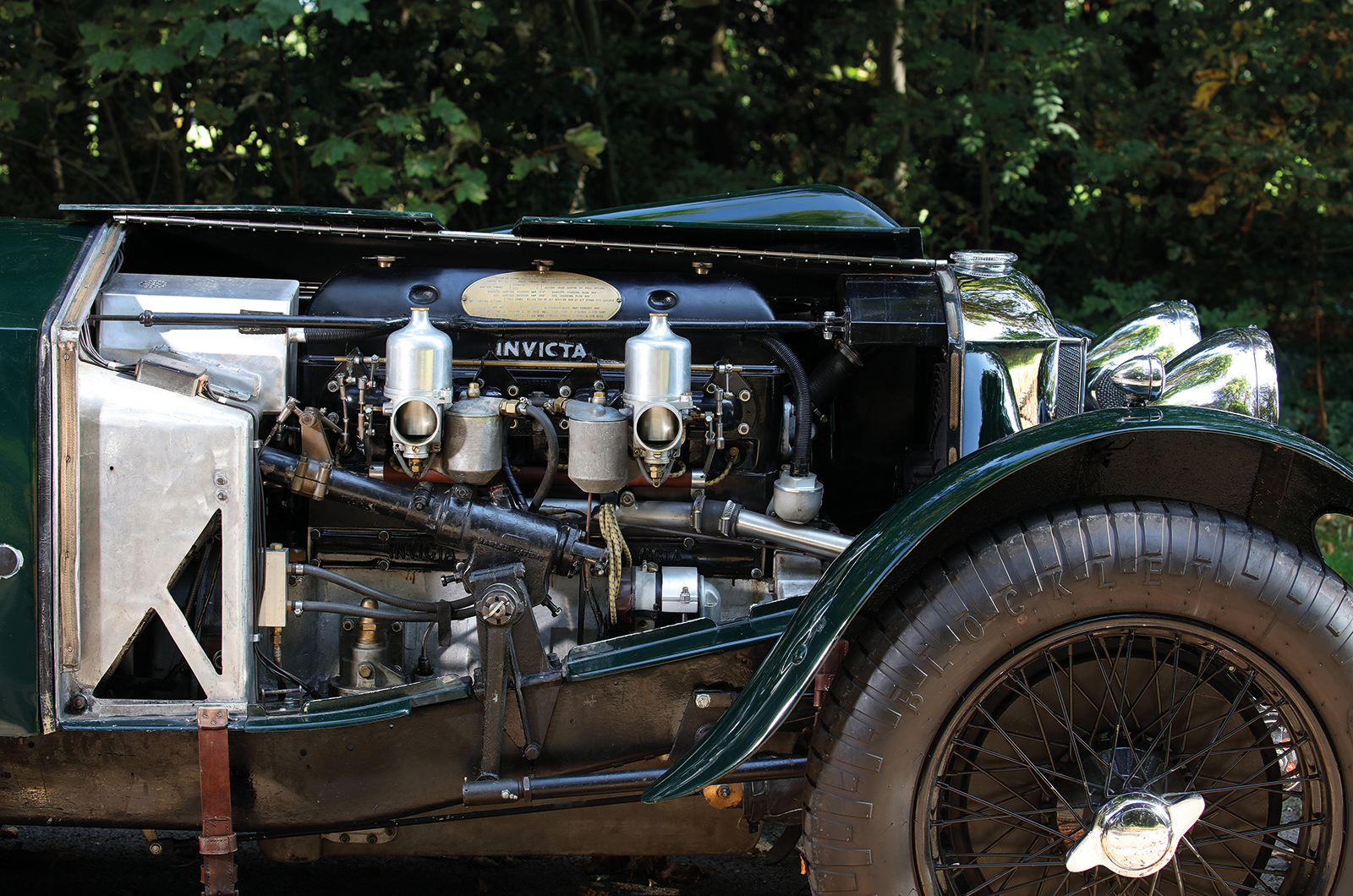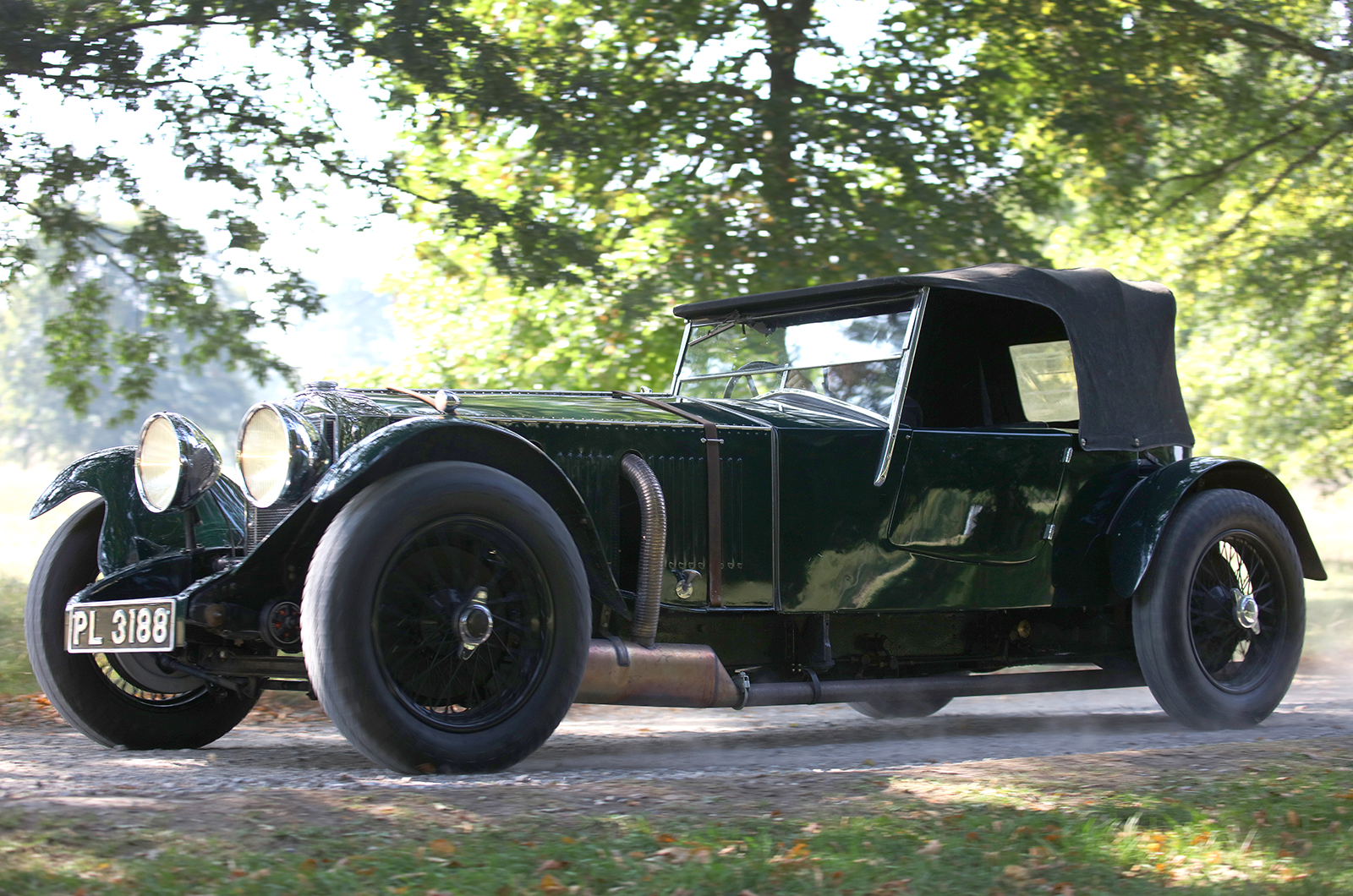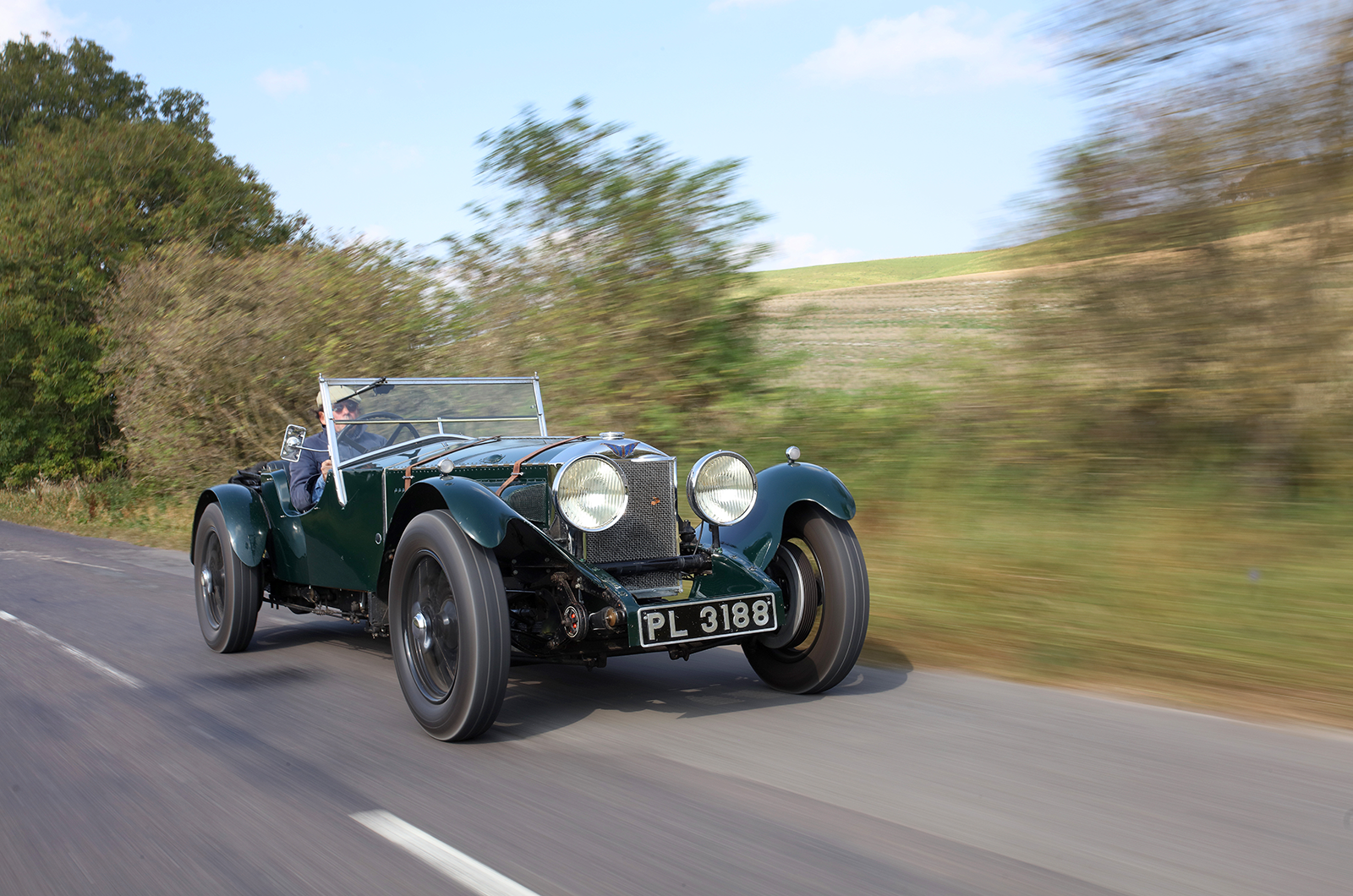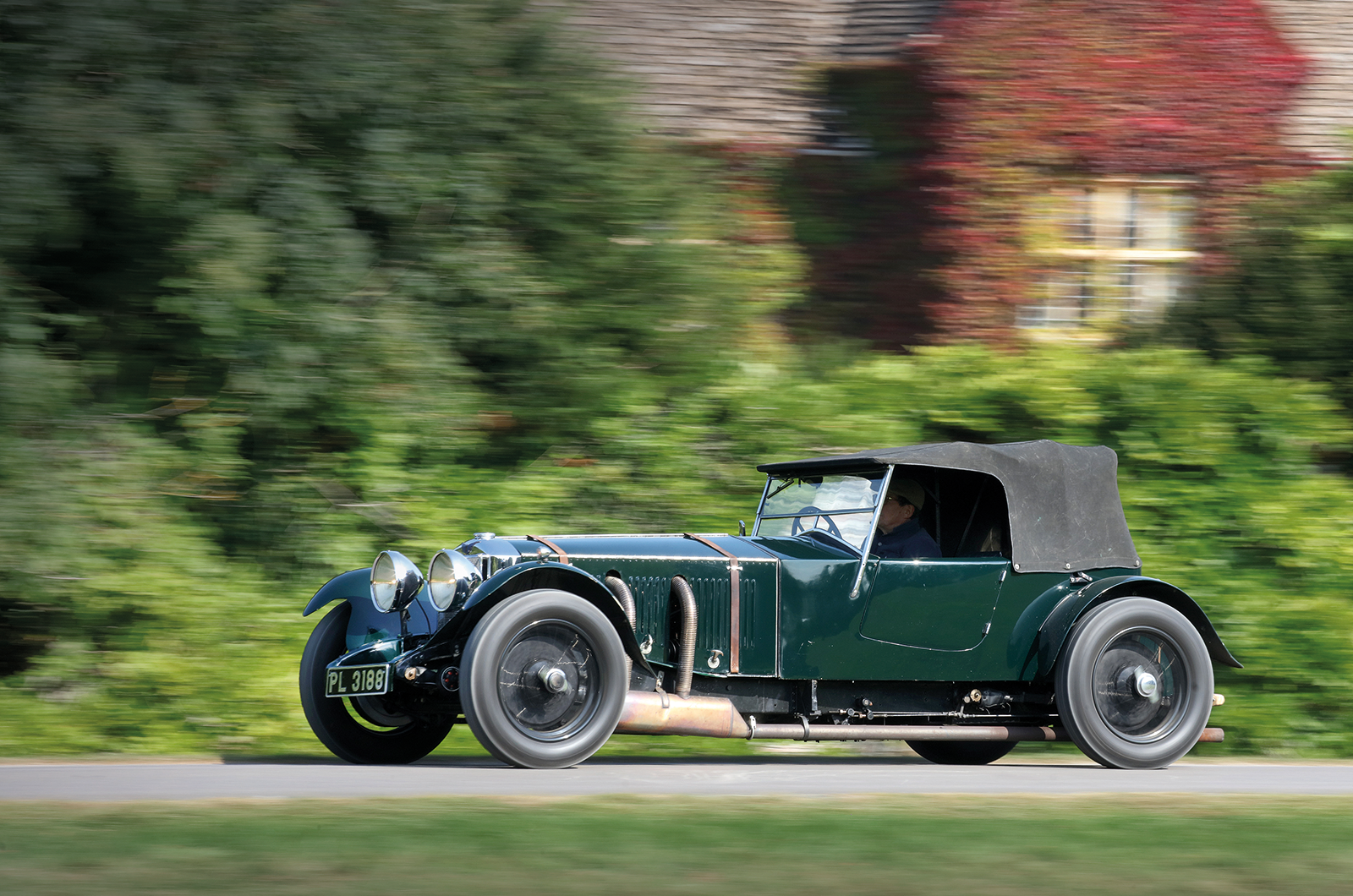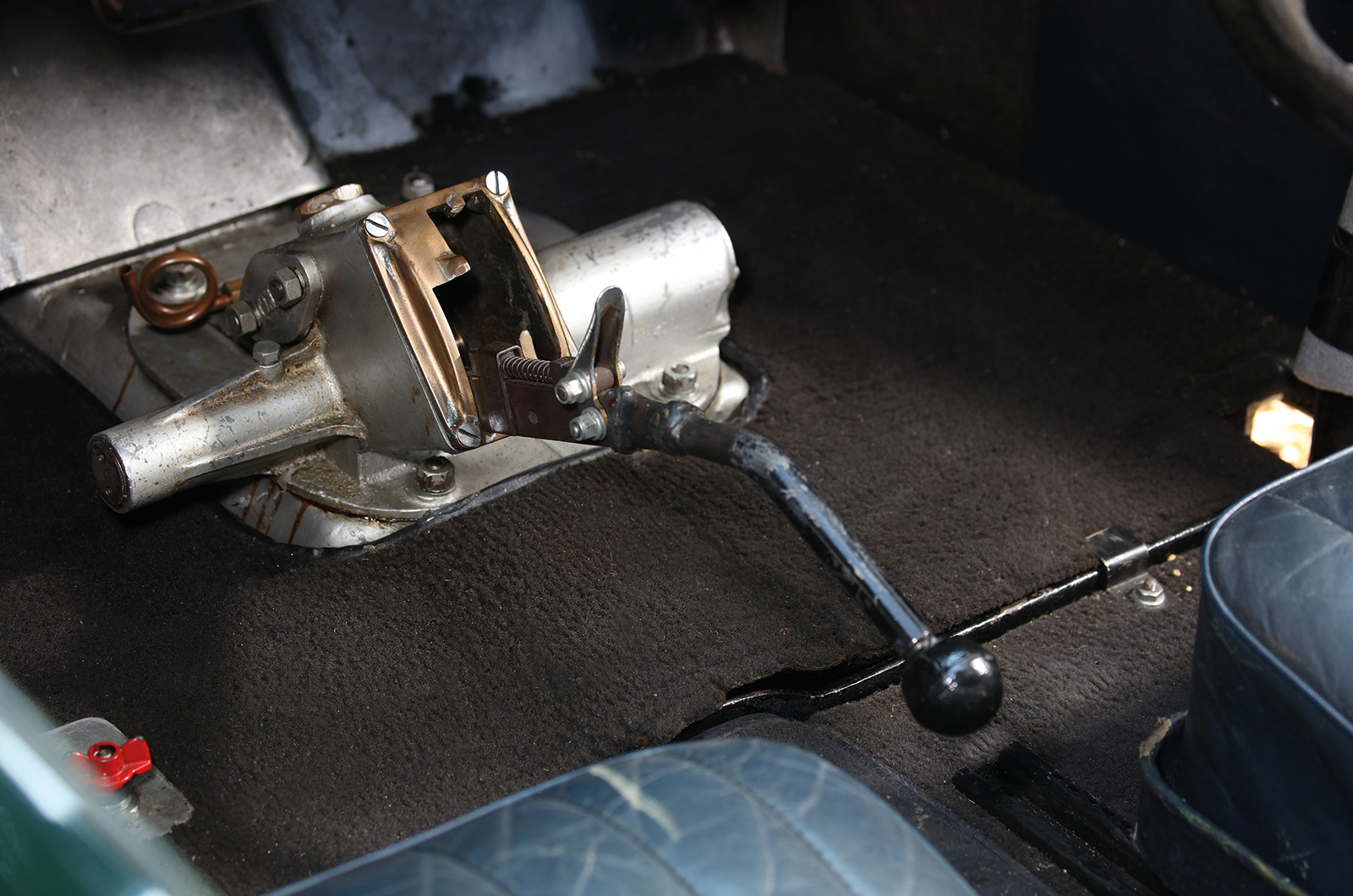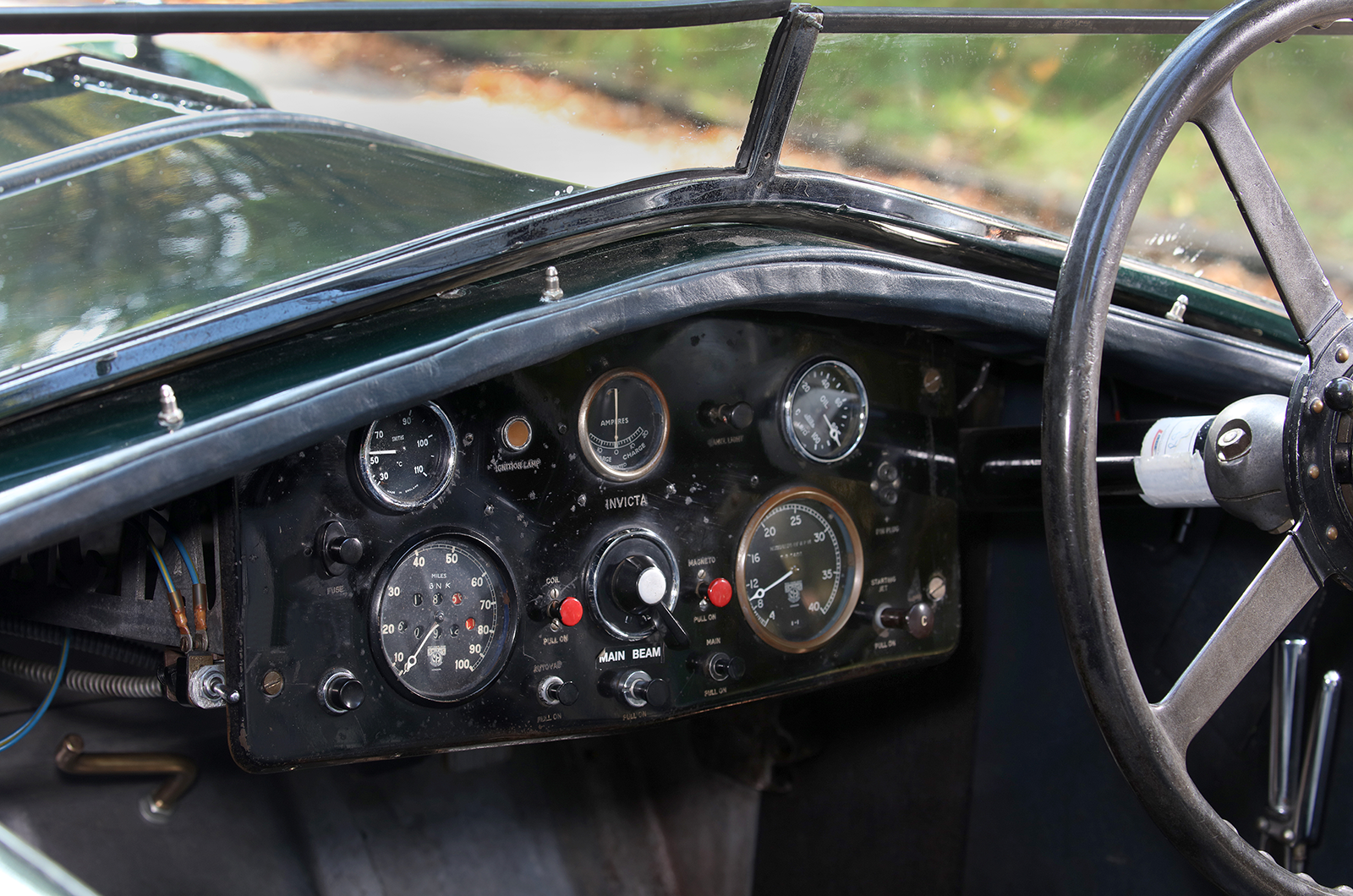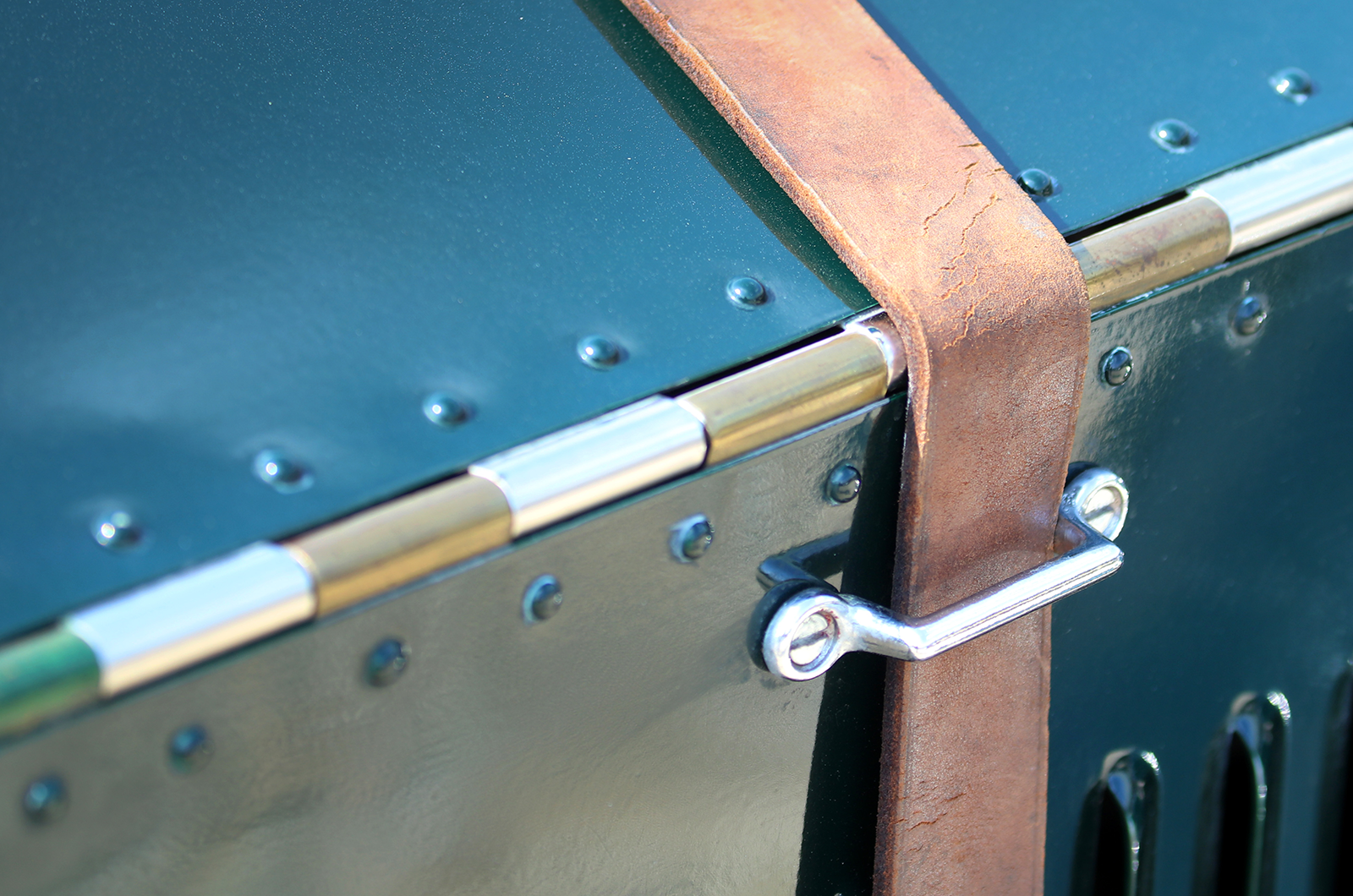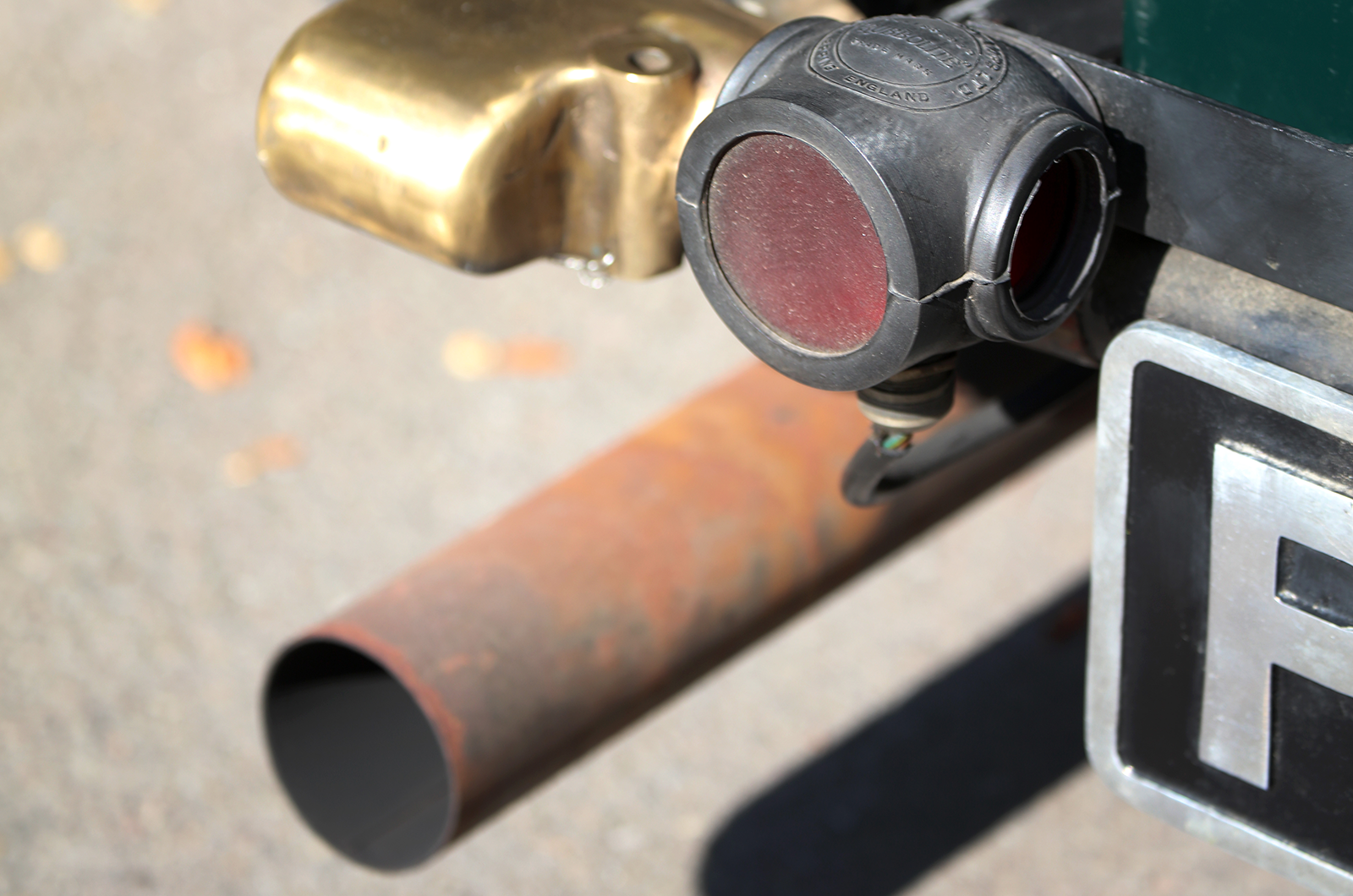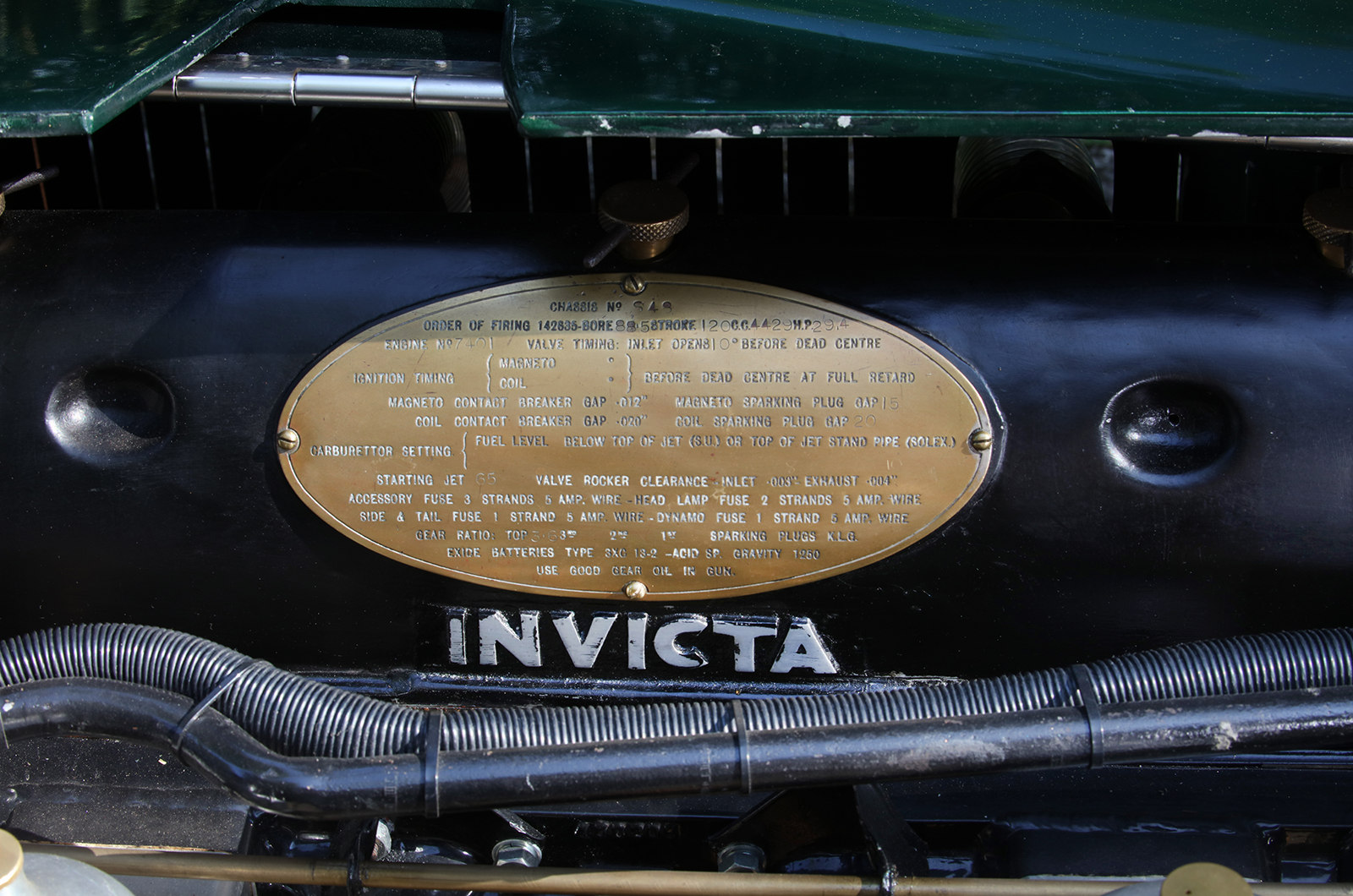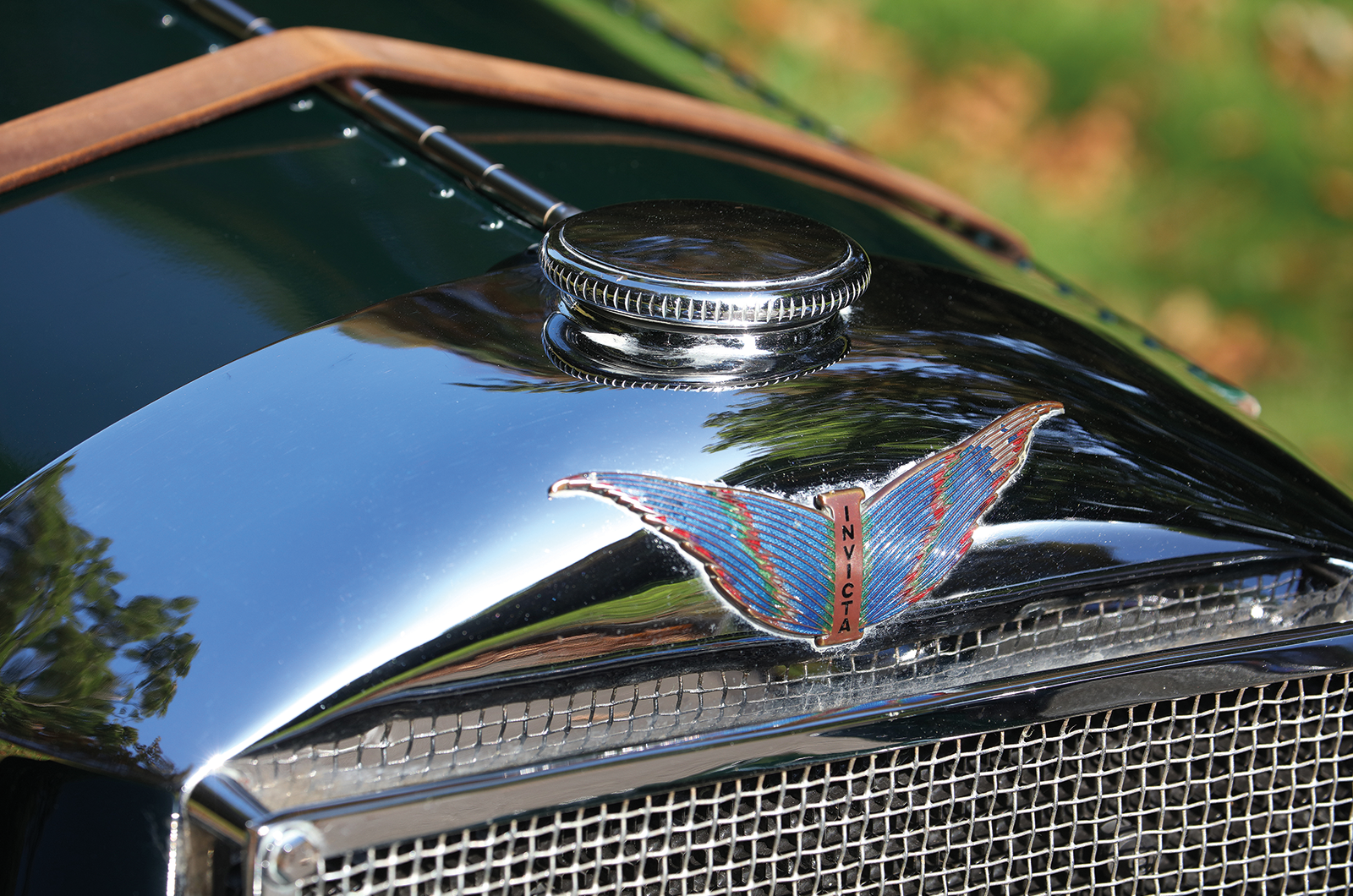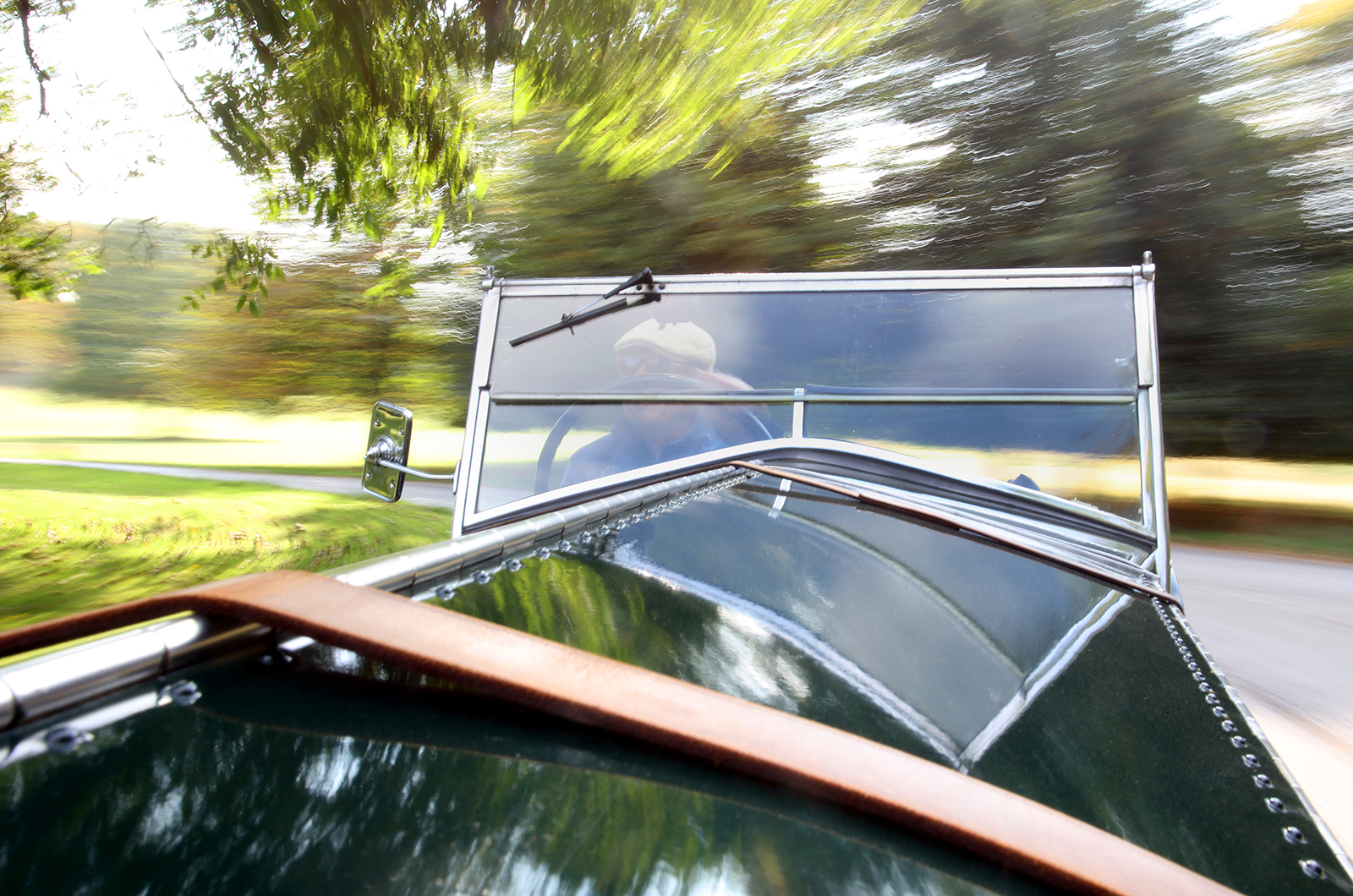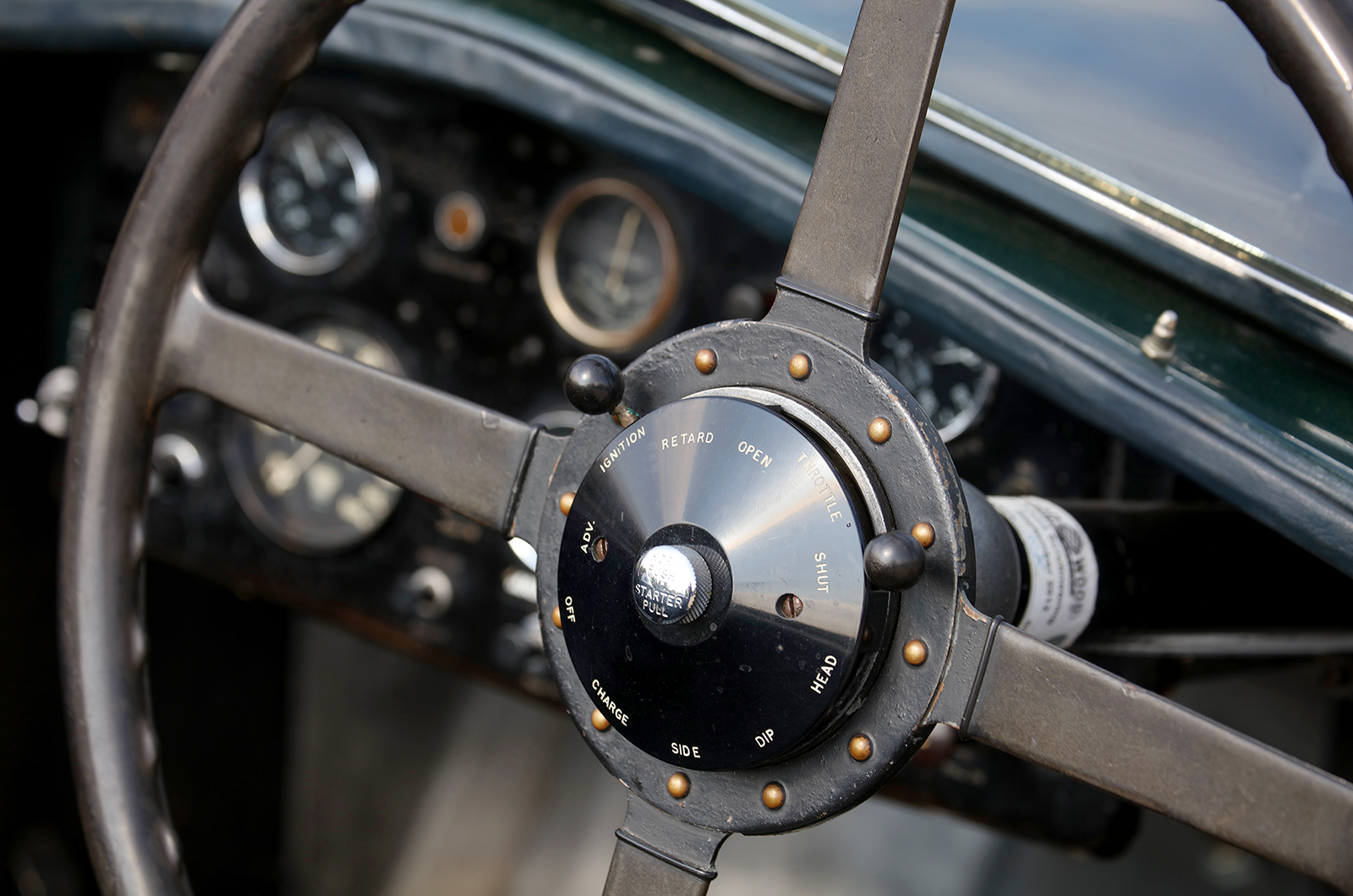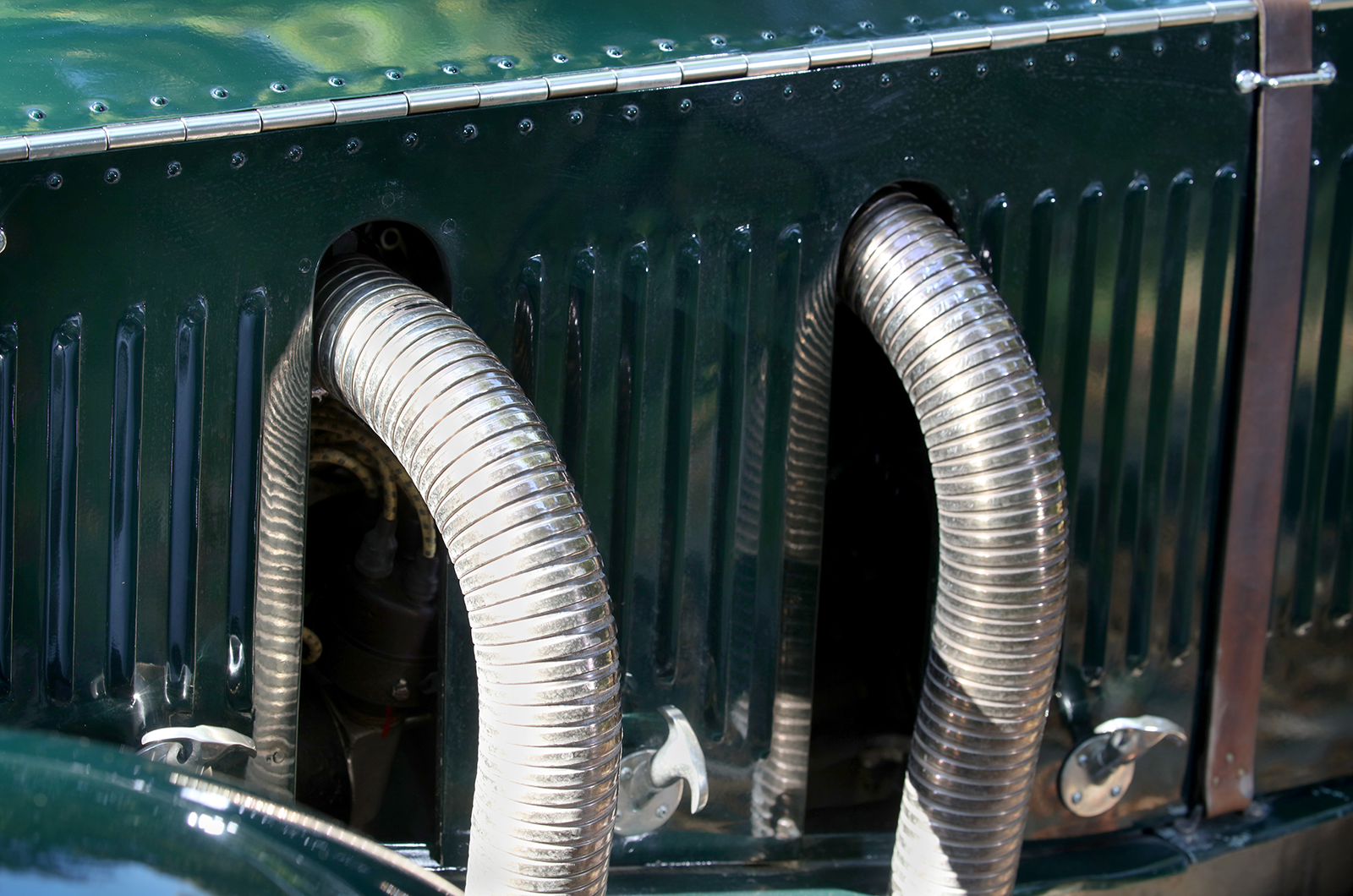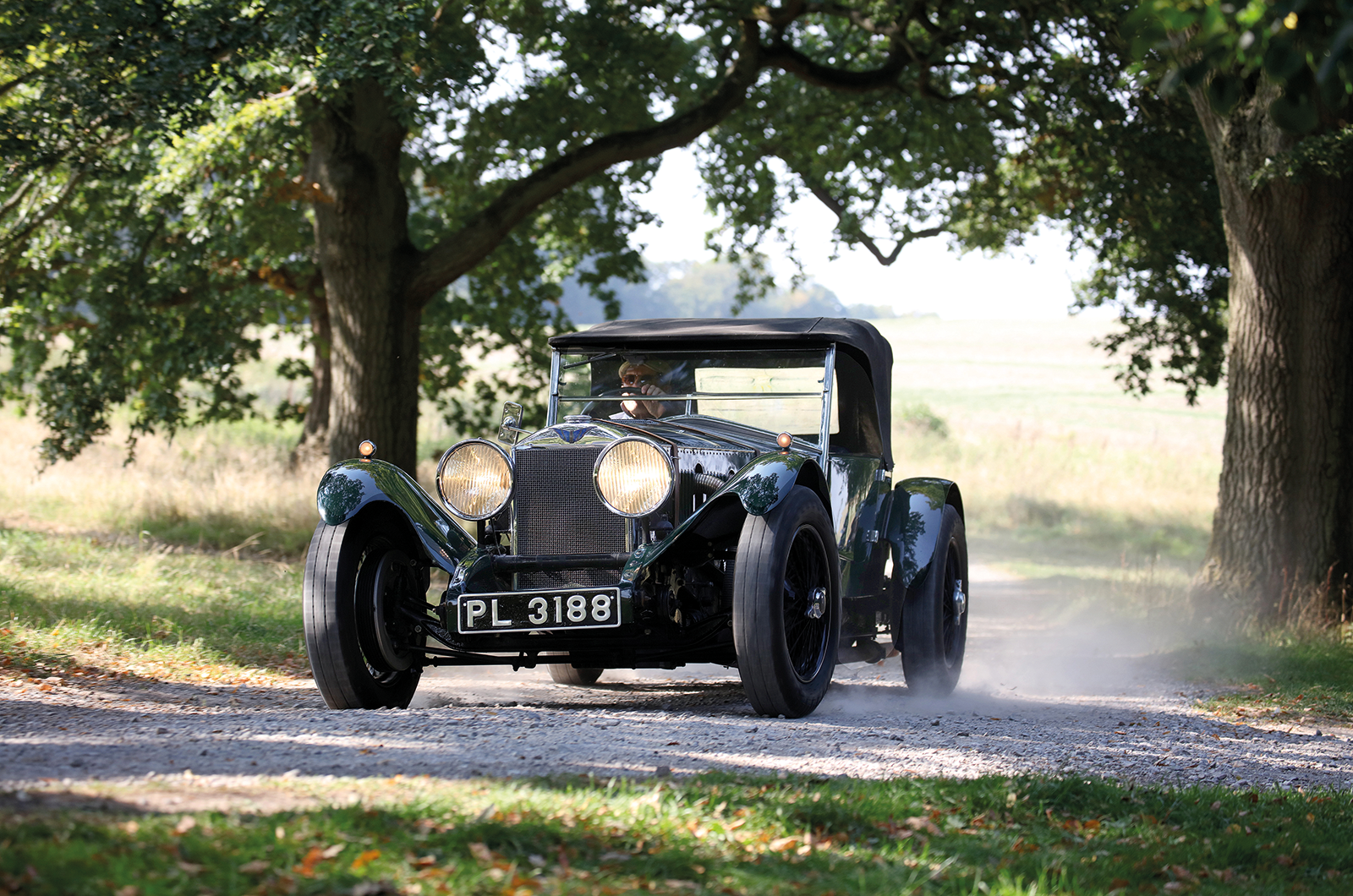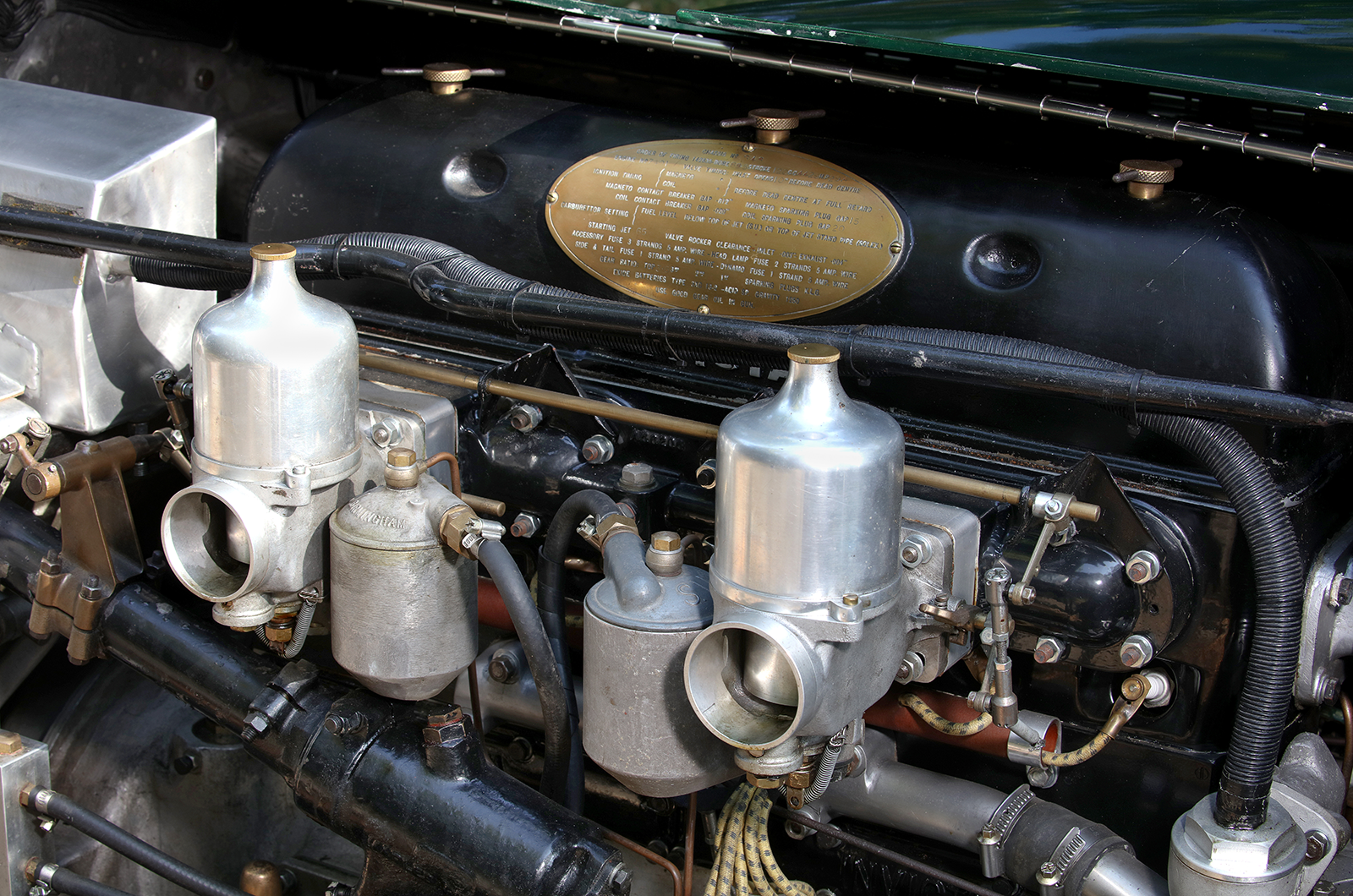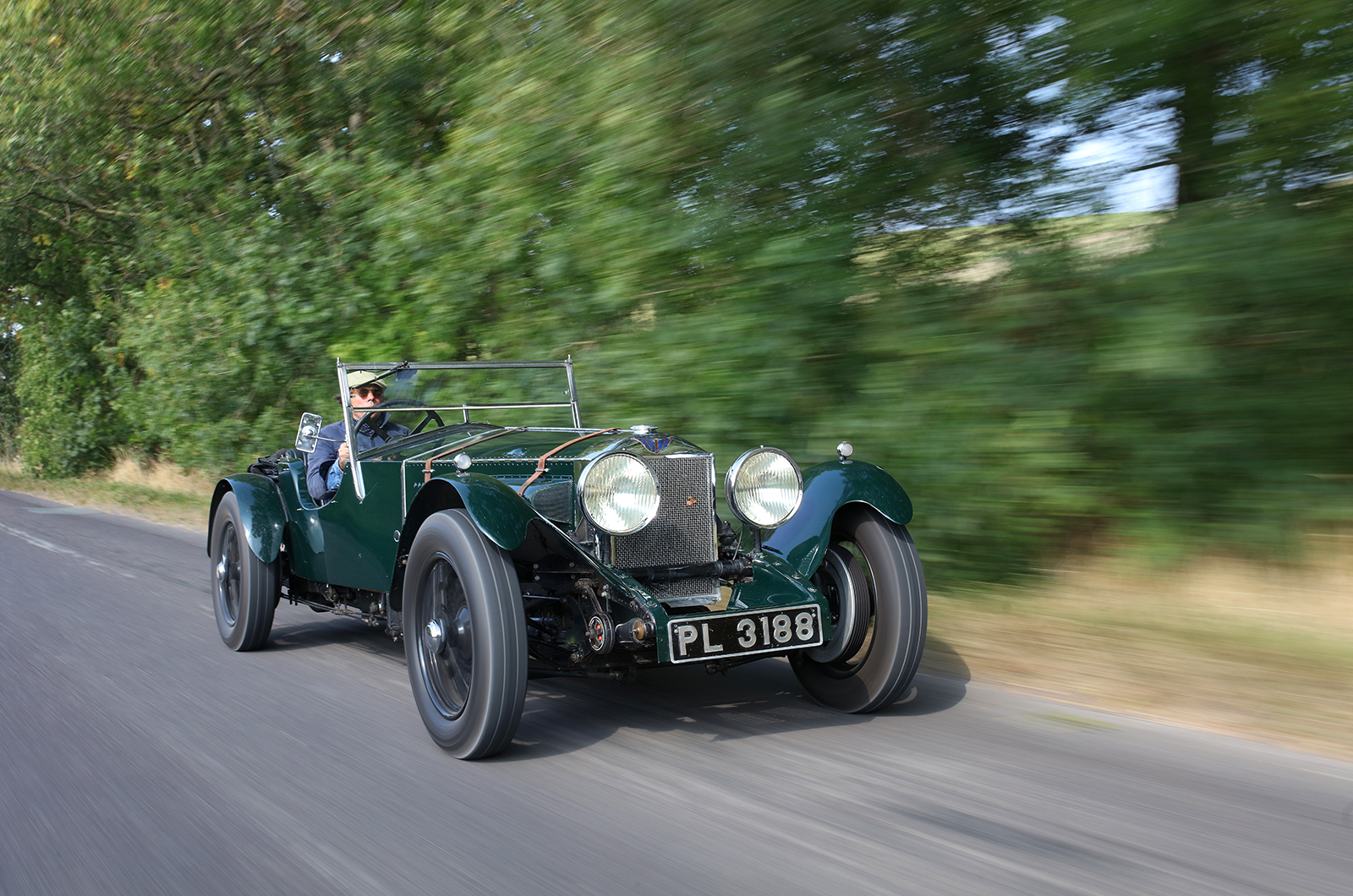Of the 75 built – 64 at the factory and further 11 at Invicta’s Chelsea service depot – an amazing 68 survive, including both of Healey’s Monte-Carlo entries.
The 1931 winner was loaned to Motor Sport after the event to prove that it was running to production specification, and featured in the March 1931 issue.
The road tester was hugely impressed by the ‘frolicsome’ S-type, which combined ‘the handiness and pep so desired by a sporting motorist with toughness and reliability’.
The experience was one of those ‘lucky days’, and the journalist couldn’t resist putting various drivers in their place ‘who thought they were getting off the mark rather well’.
Within a few miles, the tester was feeling confident enough to ‘chuck it about without difficulty’ and found the Marles steering amazingly light.
Despite the car’s tough Monte usage, the tatty S-type’s pace was stunning: ‘By merely stepping on the loud pedal the car steams off the mark without a murmur and in a few seconds is cruising at 60mph with practically no throttle opening.
‘It’s the smoothest and most flexible six-cylinder engine we’re ever known fitted to a sports car.
‘The dual quality of silent speed and flexibility in addition to crashing acceleration when needed makes this the sort of car that simply must be driven, even if there is nowhere to go.’
It’s easy to understand the author’s enthusiasm 90 years ago, roaring around Surrey suburbia to the Old Portsmouth Road where 90mph was exceeded, the Invicta ‘perfectly steady and held on course with absolute accuracy’.
Just imagine motoring along on a February morning in your little Singer Junior when the Monte-Carlo winning Invicta roars past.
Such performance was rare in a road car at the dawn of the ’30s, as exponents such as Healey and later Raymond Mays in S35 confirmed in competition.
With a price-tag of £750 for the chassis only, it was an exclusive machine.
After its victory in Monaco, S48 was smartened up with an all-metal Carbodies-style rear, new wings and Healey’s distinctive cooling vents on the scuttle removed.
The famous car’s identity was later partially masked by a new registration, GUR 624, before it ended up in Australia.
The S-type eventually returned to England thanks to Invicta specialist Derek Green of Cedar Classic Cars, and in the hands of Alain de Cadenet and Mark Knopfler has been raced enthusiastically including the 2004 Le Mans Classic and the Goodwood Revival.
It was also enjoyed on long trips across Europe – de Cadenet even took it down to Cornwall for a family holiday. To preserve its original Meadows engine, a new unit has been fitted.
In a perfect world I’d love to have driven the Monte winner up the Mont des Mules, where Healey set the pace in 1931, but the scenic roads lacing the Wessex Downs where the car is now based with Will Stone is an evocative place to explore its dramatic vintage-style charms in late summer.
Today, S48 in detail doesn’t look much like the rally challenger, but climbing into this famous Invicta you can’t help thinking about the views Healey, Pearce and Symonds witnessed nine decades ago.
Since I was a kid the S-type’s low proportions and Mercedes-style outside flexi exhausts have enthralled me.
The profile, with the radiator set well back and the exposed fuel tank topped by huge-quick release filler, made it easy to doodle during boring school lessons.
To me the high windscreen spoils its sleek proportions, but folded flat or with roof erected it remains one of the most charismatic English sports cars.
With the underslung rear chassis inspired by Reid Railton’s designs for JG Parry-Thomas and Riley, the Carbodies coachwork and Vanden Plas ‘deluxe’ refinements were never improved upon, despite the attempts of Lancefield, Windovers and Corsica.
Out on the road the urgent low-down torque immediately impresses, with only third and top really required for rapid pace.
A unique feature of Healey’s Monte machine is the special central gearlever – a remote right-hand selector inside the bodywork was standard. The Cornishman preferred the sportier centre change, possibly due to an old right-arm injury from his WW1 flying accidents.
With hefty gears to take the torque of the meaty Meadows, the change feels chunky but slices through neatly with deft double-declutching up and down the ’box.
Over B-road bumps the S-type bounces around, the Hartford dampers too firm to cope with rough surfaces, but the precise steering action makes it easy to correct your course and thanks to the well-braced scuttle there’s little shake.
With twin-plug ignition (magneto and coil) the power is effortless, pulling this 1400kg charger in top at the legal limit, and with seating lower than most rivals it feels less vintage and faster than a Bentley Speed Six.
The tall, rod-operated drums pull up the Invicta straight and strong, the pedal giving plenty of feel.
A novel feature of the S-type was adjustable pedals with 5in travel to accommodate all heights of lucky, wealthy buyers.
Matching its impressive delivery, the 4½-litre is also marvellously tractable – as Stone has proved when borrowing it for the school run.
With sunlight glinting off the long bonnet, the burbling exhaust and the aroma of warm oil, it’s hard to imagine S48 roaring along deserted, snow-covered straights in the depths of winter.
If I won the lottery, I’d restore it to the style of that Monte win with fabric body, nautical air vents, big headlights and that evocative ‘128’ rally plate between the dumb irons.
Then I’d ship it to Stavanger to mark the 90th anniversary of the Cornish legend’s achievement and retrace the victorious route to the Riviera.
Like Healey, I wouldn’t be able to resist some frozen-lake practice, but with values creeping towards £2m, this will remain firmly in my dreams.
Images: James Mann
Thanks to Will Stone
READ MORE
Dream drive in a mighty Alfa Romeo Monza
The sole surviving Lancia D23
Bugatti Type 57S: Molsheim’s missing link
Mick Walsh
Mick Walsh is Classic & Sports Car’s International Editor
